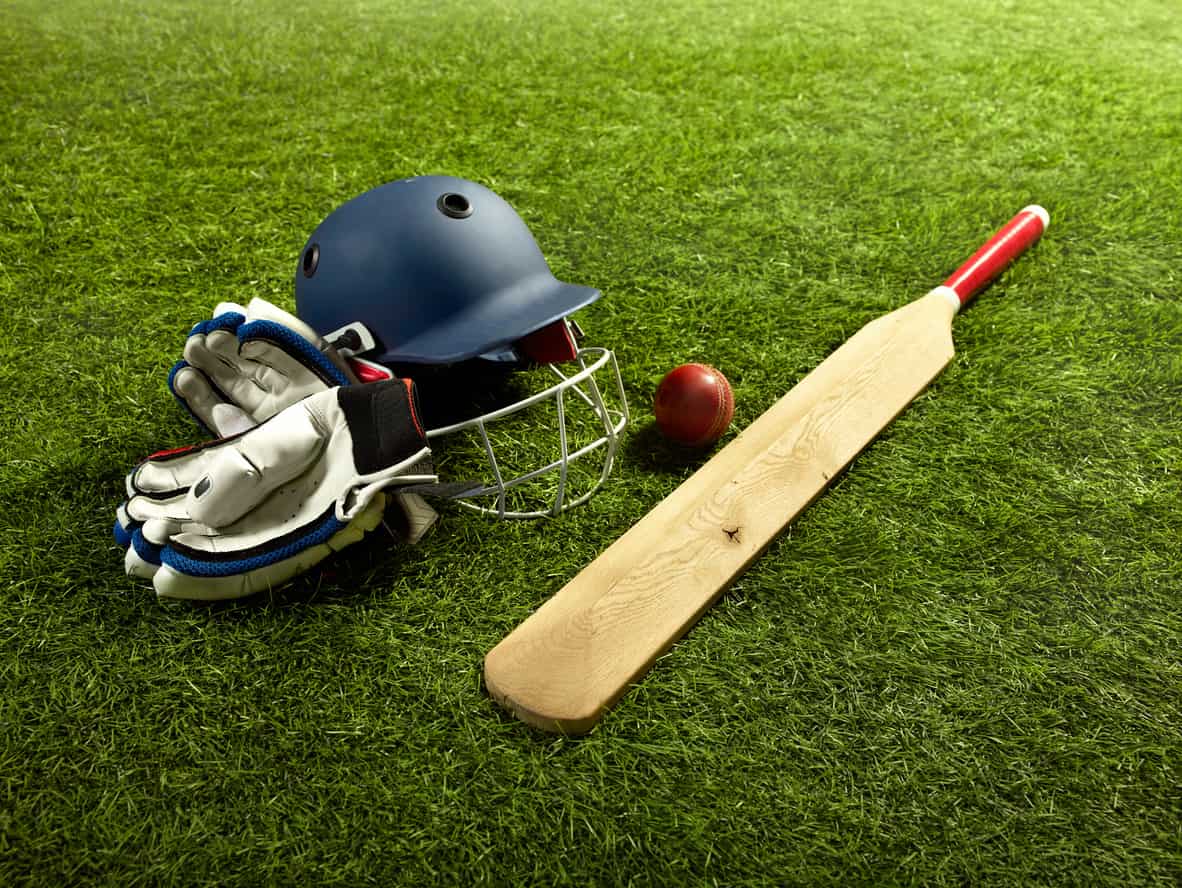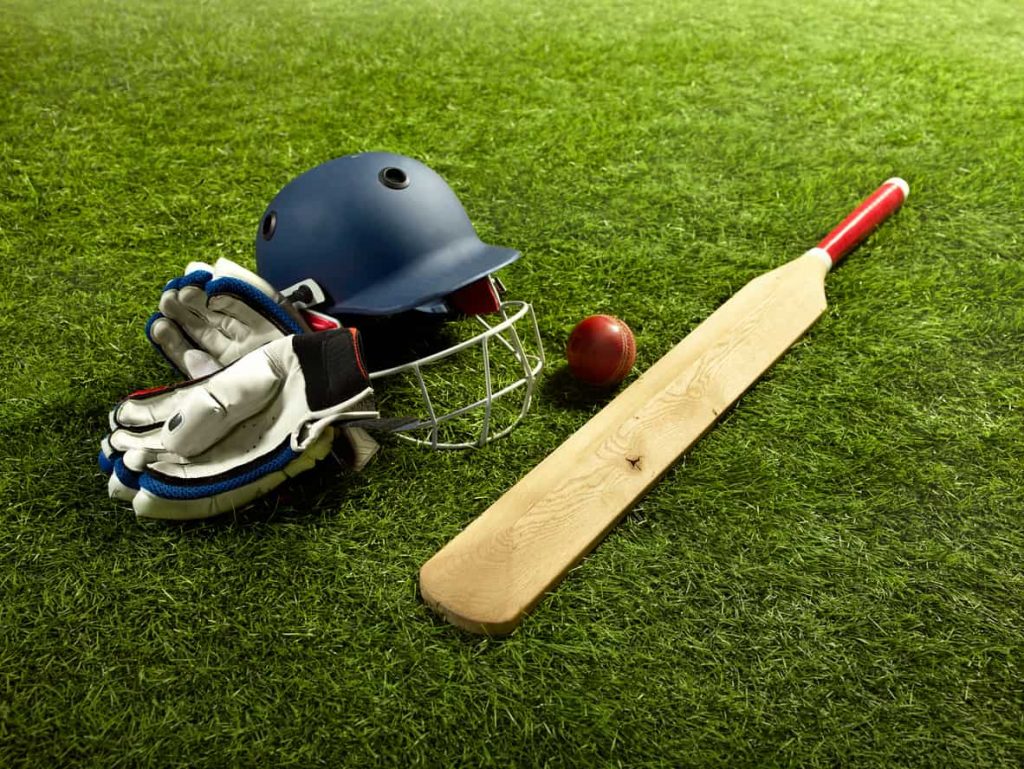Rules of Cricket: A Comprehensive Guide for Beginners

The Essence of the Game: Scoring Runs and Taking Wickets
The Complete Beginner’s Guide to Cricket Rules: The basic objective of cricket is a contest between two teams. The goal of each team is to score as many runs as possible and to dismiss as many batsmen of the opposition team as possible. The team that scores the most runs in the prescribed number of overs or after all wickets have fallen wins the match.
Ground and Equipment
Cricket is played on an oval or circular field. At the center of the field is a rectangular area called the pitch. The length of the pitch is 22 yards (about 20.12 meters) and the width is 10 feet (about 3.05 meters). There are two sets of three wickets each on the pitch, called stumps. Each wicket consists of three wooden sticks and two small wooden bails are placed on top of them.
The main equipment required for the game are:
- Bat: It is made of a wood called willow and is used by the batsman to hit the ball.
- Ball: It is made of leather and weighs about 155.9 to 163 grams.
- Wickets: As mentioned above, these are three stumps and two bails.
- Protective Gear: Helmets, pads, gloves and other protective equipment are worn by batsmen and wicketkeepers.
Teams and Players
Each cricket team consists of 11 players. On the field, one team bats while the other team bowls and fields.
- Batsman: The players on the batting team who attempt to score runs. There are two batsmen on the pitch at a time – a striker who faces the ball and a non-striker who stands at the other end.
- Bowler: The player of the bowling team who bowls the ball to get the batsman out and prevent runs.
- Wicket-keeper: He stands behind the wickets at the bowler’s end and plays a vital role in getting the batsmen out and preventing byes.
- Fielder: Other players of the bowling team who are stationed in different parts of the field to catch the ball hit by the batsmen and prevent runs.
Start of play: toss and innings
Play begins by winning the toss. The team that wins the toss decides whether to bat or bowl first. An innings ends when:
- The scheduled overs are over (ODIs and T20Is).
- The batting team has 10 batsmen out.
- The batting team captain declares the innings (Test matches).
Scoring runs
Batsmen can score runs in a variety of ways:
- Running: A run is scored when a batsman hits the ball and switches places with his partner at the other end. They can score multiple runs on a single hit.
- Four: If the ball hit by the batsman crosses the boundary line without touching the ground or once, then four runs are awarded.
- Six: If the ball hit by the batsman goes straight over the boundary line without touching the ground, then six runs are awarded.
- Extras: There are some situations when the batting team scores runs without hitting the batsman, such as wide ball (a ball bowled by the bowler which is far away from the batsman’s reach), no-ball (a violation of the bowling rules), bye (runs scored from a ball not stopped by the wicketkeeper or fielders), and leg bye (a ball that hits the batsman’s body Runs scored by running with the ball).
Ways to get a batsman out
The bowling team can get batsmen out in various ways:
- Bowled: If the bowler’s ball hits the wickets directly and the bails fall, then the batsman is out.
- Caught: If the ball hit by the batsman is caught in the air by a fielder, then the batsman is out.
- Leg Before Wicket (LBW): If the bowler’s ball hits the batsman’s body (usually the leg) before hitting his bat and the umpire feels that if the batsman’s leg was not in between, the ball would have hit the wickets, then the batsman can be out. There are some rules and conditions for this.
- Run Out: When the batsman is running to take a run and the fielding team knocks down the wickets with the ball, while the batsman is not safe inside the crease, then the batsman is run out.
- Stumped Out: If the batsman goes out of his crease and the ball is in the hands of the wicketkeeper, and the wicketkeeper knocks down the wickets with the ball, then the batsman is stumped out.
- Hit Wicket: If the batsman’s bat or body collides with the wickets while batting and the bails fall, then the batsman is hit wicket out.
- Handled the ball: If the batsman intentionally touches the ball with his hand (except in some special circumstances), then he is out. This rule is now very rare and is considered under ‘Obstructing the Field’.
- Double Hit: If a batsman deliberately hits the ball twice (other than just protecting his wickets), he is out. This rule is also very rare now.
- Timed Out: If the new batsman coming after the out batsman is not ready to play within three minutes without any valid reason, he may be given a time out.
Umpires and their decisions
There are two umpires on the field who ensure compliance with the rules of the game and take decisions on outs, no-balls, wide balls, etc. The umpires’ decision is considered final, although in some modern matches ‘Decision Review System‘ (DRS) is used, allowing teams to challenge some of the umpire’s decisions.
Different formats
Many formats of cricket are played, the main ones being:
- Test Match: This is the longest format of cricket, played between two teams and usually lasts for five days. Each team plays two innings.
- One Day International (ODI): It is a one-day match in which each team plays a maximum of 50 overs.
- Twenty20 (T20): It is the shortest and fastest format of cricket, in which each team plays a maximum of 20 overs.
Conclusion
This is a simple introduction to the basic rules of cricket. As you watch more matches and read about the game, you will get a better understanding of its nuances and strategies. Cricket is an exciting and entertaining sport, and once you understand its basic rules, you will definitely enjoy it! So, the next time you watch a cricket match, keep these rules in mind and experience the thrill of the game.
Also Read: Top 5 Most Successful Cricket Captains of All Time



